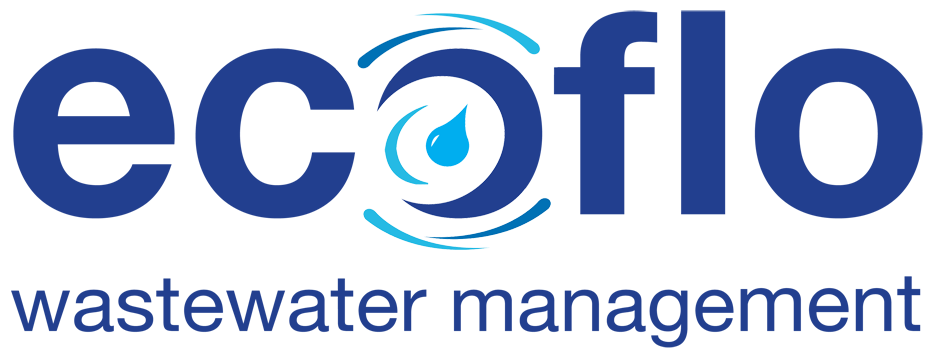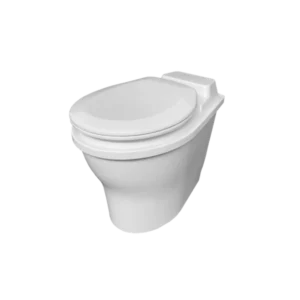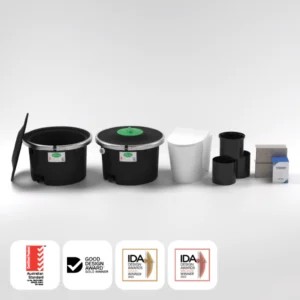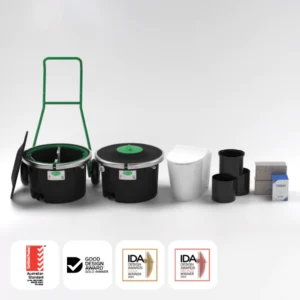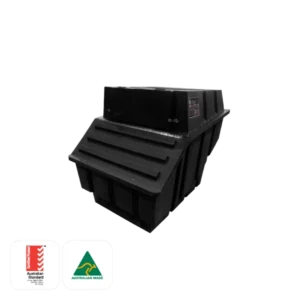Ecoflo Composting Toilets
Composting toilets are an eco-friendly solution that not only conserves water but also creates nutrient-rich fertiliser for your garden. Unlike traditional toilets, they require no plumbing or water supply, making them perfect for off-grid living or areas with limited resources. By breaking down waste naturally, these systems reduce the environmental impact of sewage treatment and eliminate harmful chemicals.
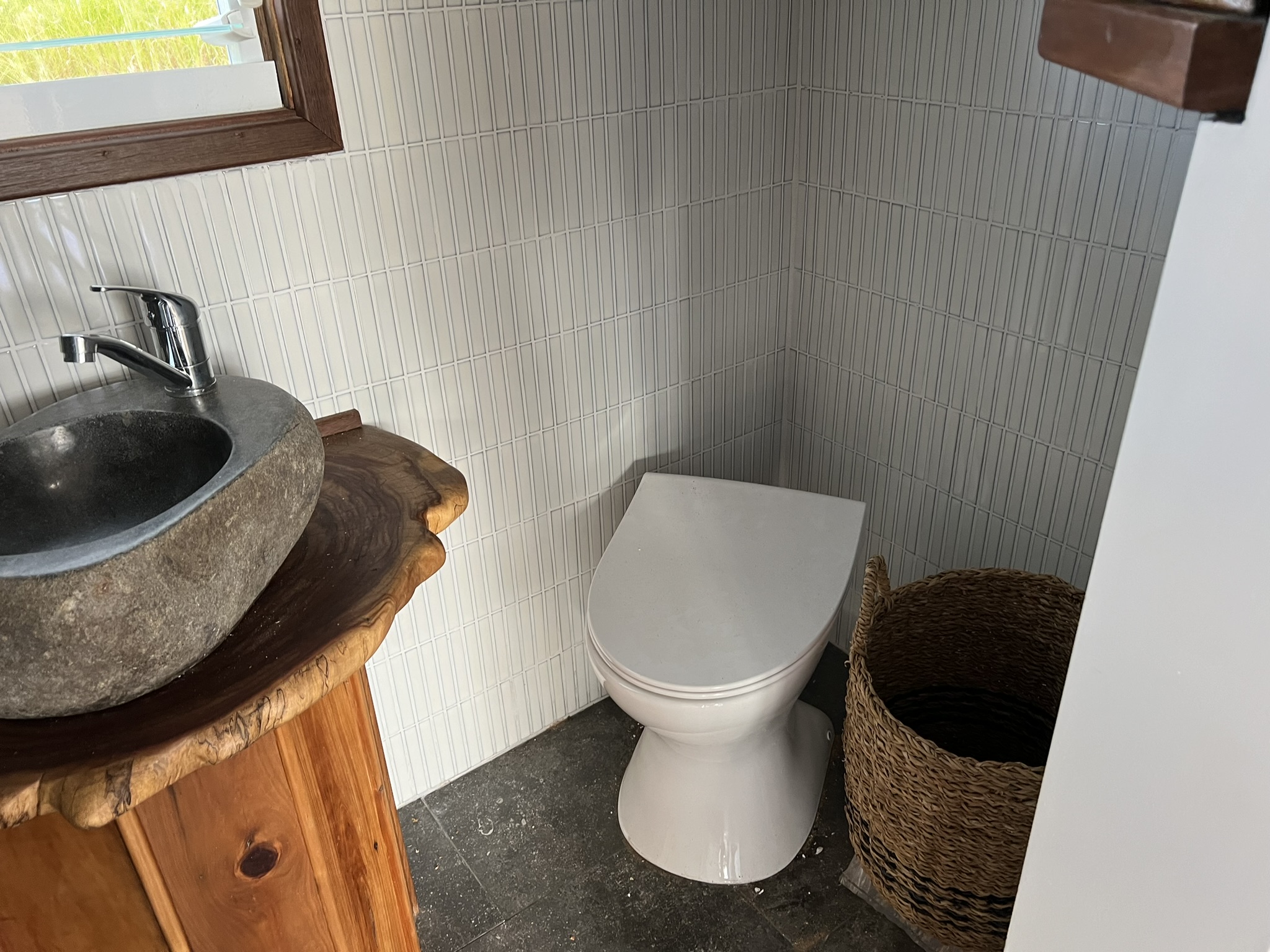
At Ecoflo Wastewater Management, we’ve been pioneering sustainable sanitation solutions for over 40 years. If you’re ready to minimise your water consumption, lower your carbon footprint, or explore the freedom of off-grid living, Ecoflo’s composting toilets are the perfect solution.
Explore our Composting Toilets
Whether you’re outfitting a tiny home, upgrading your off-grid cabin, or designing a high-traffic commercial space, we have a model designed for you. Choose from compact, space-saving designs ideal for residential use or high-capacity systems built to handle the demands of commercial environments.
Why Choose a Composting Toilet?
Composting toilets are revolutionising the way we think about waste management. They’re practical, eco-friendly, and perfect for those who want to live more sustainably without compromising on comfort. Here’s why composting toilets, particularly from Ecoflo, are an excellent choice for your home, office or off-grid setup:
Save Water
Did you know that conventional toilets use approximately 60,000 litres of water in a year for an average household? Our composting toilets are completely waterless, helping you conserve this precious resource while still enjoying a hygienic and odour-free experience.
Environmentally Friendly
By naturally composting waste, our toilets eliminate the need for harmful chemicals or polluting discharge. Instead, they turn waste into a nutrient-rich compost that can be used to enrich soil and grow plants. Close the loop and go green with ease!
Cost-Effective
Ecoflo’s composting toilets not only help save the planet but also reduce your expenses. Say goodbye to costly plumbing installations or ongoing water bills. Additionally, our system maintenance is designed to be minimal.
Versatile Applications
Whether you live in a tiny house, operate a commercial facility, or spend your weekends off-grid, our composting toilets are built to suit your lifestyle. Available in a variety of sizes and designs, there’s a model for every need.
Types of Composting Toilets
At Ecoflo, we understand that every space has unique needs. That’s why we offer a range of composting toilets thoughtfully designed for homes, businesses, and off-grid setups.
Residential Composting Toilets
Transform your home into a sustainable haven.
Perfect for tiny homes, shipping containers, raised homes, or slab-based builds, our residential composting toilets combine style and function.
- Stylish porcelain pedestals that blend seamlessly with modern interiors.
- Completely waterless designs, reducing water use while maintaining hygiene.
- Customisable options to match your aesthetic and design preferences.
Whether you’re building your dream tiny house or renovating with sustainability in mind, we’ve got you covered.
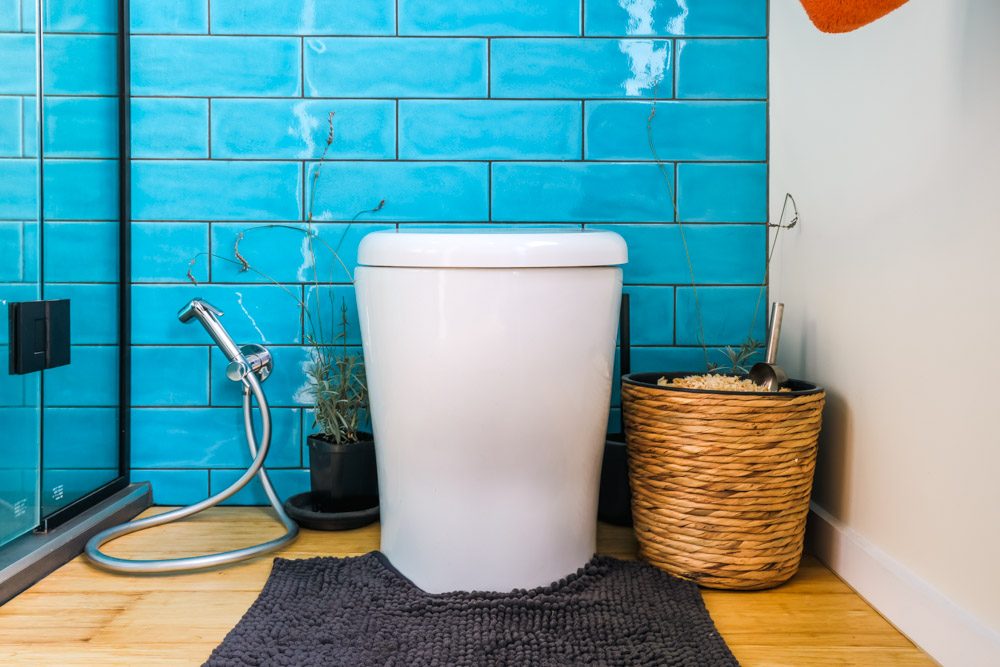
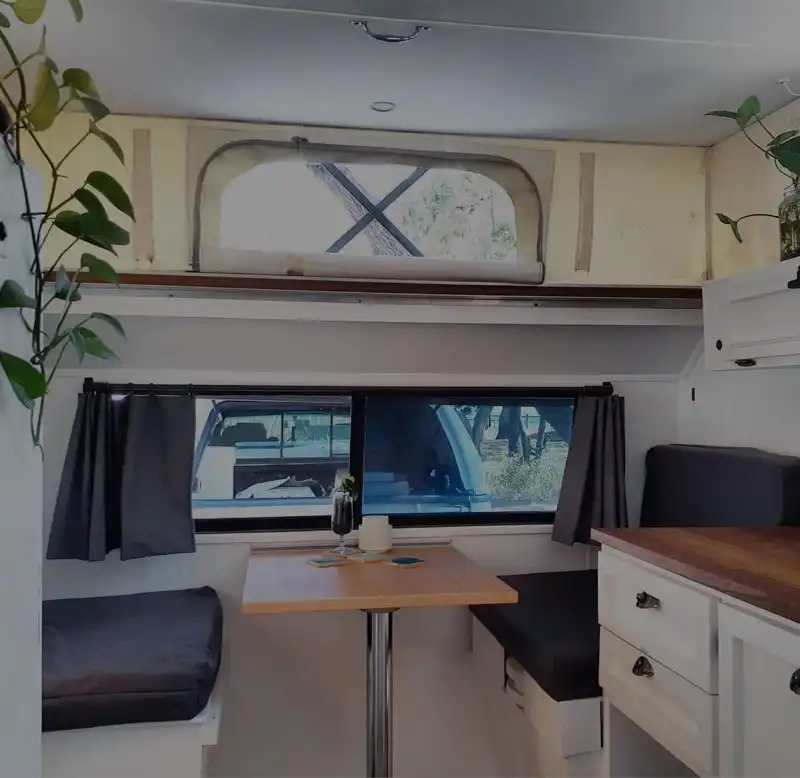
Off-Grid Composting Toilets
Take comfort off the beaten path.
For those seeking adventure without sacrificing convenience, our off-grid composting toilets are ideal for mobile and rugged lifestyles.
- Lightweight and portable designs for easy travel.
- Tough and durable toilets that thrive in outdoor environments.
- Suitable for vans, RVs, boats, and even your 4×4 camping gear.
Enjoy sustainable living no matter where your wheels take you.
Commercial Composting Toilets
Built for high traffic and heavy use.
Our commercial composting toilets are ideal for large-scale setups, providing practical and low-maintenance solutions for busy environments.
- Ideal for parks, campgrounds, schools, and tourism hotspots.
- High-capacity designs to handle large volumes.
- Dependable and sustainable to align with environmental goals.
Support the planet while seamlessly catering to your business or community’s needs.
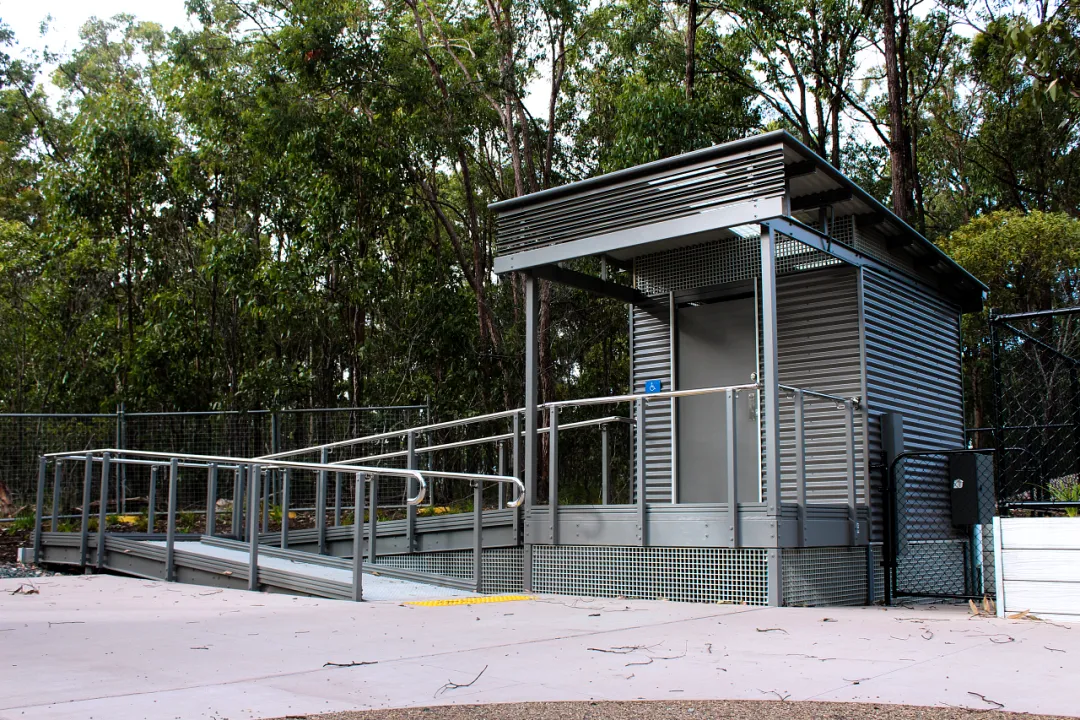
How do Composting Toilets Work?
Ecoflo composting toilets utilise a natural process of aerobic decomposition, similar to a compost bin in your garden. Here’s a quick overview of how it works:
Separation of Solids and Liquids
Solid waste and liquid waste are separated within the system to ensure efficient composting and evaporation.
Aerobic Decomposition
Aerobic bacteria, fungi, and other microorganisms break down solid waste into nutrient-rich compost.
Odour Control
An internal fan system ensures constant airflow, keeping your bathroom completely odour-free.
Compost Output
After decomposition, the waste volume is reduced by up to 90%, resulting in dry, topsoil-like compost that is easy to remove and use for gardening (pending local regulations).
Our systems are 100% odourless and waterless, requiring no harmful chemicals.
FAQs
Are composting toilets safe and hygienic?
Yes! Our systems are designed to provide a clean and odour-free experience. The composting process effectively breaks down waste and eliminates harmful pathogens, resulting in safe use and disposal.
Do I need special installation?
Our composting toilets are easy to install and require no plumbing connections to water supply or sewer systems. Many models are DIY-friendly, and step-by-step instructions are included.
What can I do with the compost?
The composted material can be used in the garden as fertiliser to enrich the soil, pending local regulations.
An Eco-Friendly, Cost-Effective Way to Manage Waste
At Ecoflo, we are on a mission to revolutionise the way Australians manage sanitation. By choosing our composting toilets, you are actively contributing to water conservation, waste reduction, and the promotion of sustainable living.
Browse our product range or contact our friendly team for expert advice on selecting the best model for your needs.
